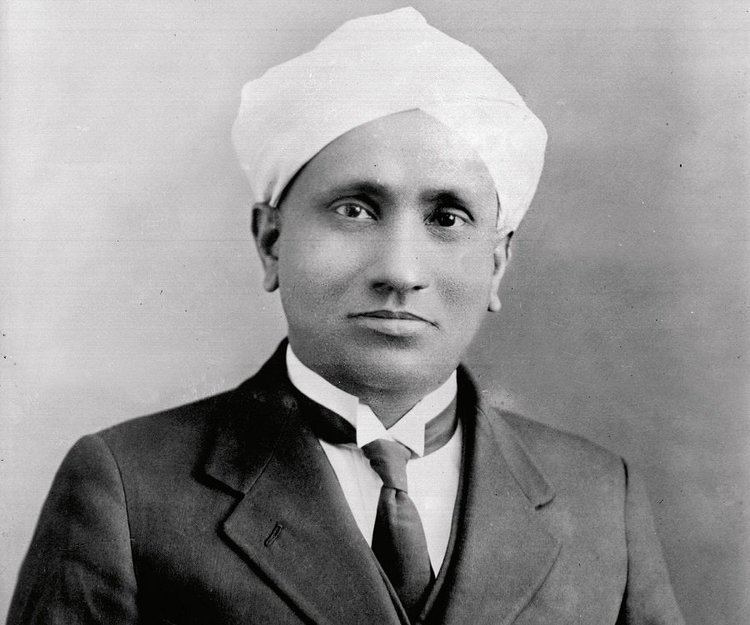Date of Birth: November 7, 1888
Zodiac Sign: Scorpio
Date of Death: November 21, 1970
Biography
Chandrasekhara Venkata Raman, commonly known as C. V. Raman, was a renowned Indian physicist whose groundbreaking work in the field of light scattering earned him the Nobel Prize in Physics in 1930. Born on November 7, 1888, in Tiruchirapalli, Tamil Nadu, India, Raman showed a keen interest in science from a young age. He pursued his higher education at Presidency College, Chennai, where he earned his bachelor’s and master’s degrees in Physics. Raman’s most notable scientific contribution came in 1928 when he discovered the Raman Effect, a phenomenon in which light passing through a material is scattered and experiences a change in wavelength. This discovery provided crucial insights into the molecular composition of various substances and has had a lasting impact on the fields of chemistry and physics. Throughout his illustrious career, Raman held several prestigious positions, including the role of Director at the Indian Institute of Science, Bangalore. He was also the founder of the Raman Research Institute in Bangalore, where he continued his scientific explorations until his death. Raman’s legacy is celebrated worldwide, and his contributions to science have paved the way for numerous advancements in optical physics.
5 Interesting Facts about C. V. Raman
1. C. V. Raman was the first Asian to receive a Nobel Prize in any branch of science.
2. The Raman Effect is used extensively in the field of spectroscopy to study the vibrational, rotational, and other low-frequency modes in a system.
3. Raman was knighted in 1929 by the British Government for his contributions to science.
4. He was also awarded India’s highest civilian award, the Bharat Ratna, in 1954.
5. Raman was an avid music lover and conducted extensive research on the acoustics of musical instruments.
5 Most Interesting Quotes from C. V. Raman
1. “The essence of science is independent thinking and hard work, not equipment.”
2. “The true wealth of a nation consists not in the stored-up gold but in the intellectual and physical strength of its people.”
3. “You can take a Raman out of physics, but you cannot take physics out of Raman.”
4. “Science can only flourish in an atmosphere of free speech.”
5. “I am the master of my failure… If I never fail, how will I ever learn?”
Highest Net Worth Achieved
C. V. Raman’s highest net worth is not well-documented, but his wealth was primarily in his scientific contributions and accolades rather than financial terms.
Children
C. V. Raman had two sons, Chandrasekhara Raman and Radhakrishnan Raman. Both followed in their father’s intellectual footsteps, contributing significantly to the academic and scientific communities.
Relevant Links
2. [C. V. Raman – Britannica](https://www.britannica.com/biography/C-V-Raman
3. [Raman Effect – Physics World](https://physicsworld.com/a/the-raman-effect/
4. [Raman Research Institute](https://www.rri.res.in/
5. [C. V. Raman – QuoteMaster](https://www.quotemaster.org/C.+V.+Raman


